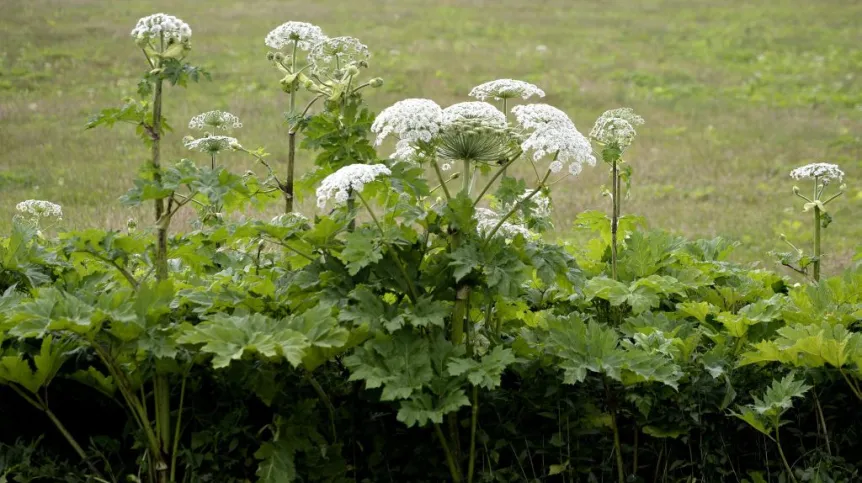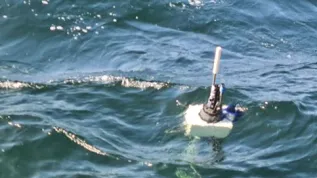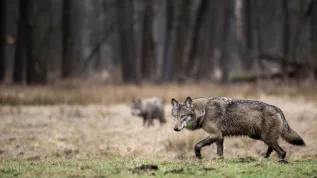
The Małopolska population of Sosnowsky\'s hogweed, a plant dangerous for humans and animals with stinging and allergenic properties, has been reduced by about 35-40 percent. An innovative method to combat it has been developed by researchers from the University of Agriculture in Kraków.
Mechanical and chemical methods are used in the fight against Sosnowsky\'s hogweed, told PAP Jerzy Jaskiernia of the University of Agriculture in Kraków.
The plants are cut and sprayed with chemicals. Where you can not use sprays, for example on the banks of rivers, the chemicals are injected directly into the plant root collar - explained Jaskiernia, who heads the project "Environment without Sosnowsky\'s hogweed".
Sosnowsky\'s hogweed originates from the Caucasus. It was brought to Poland in the 1960s and 1970s. Because it is a source of protein and gives a very high yield, attempts were made to use it as silage plant. However, cultures went out of control. The weed started to push out native plant species from the fields, turned out to be dangerous for animals and for humans. It has burning and allergenic properties. Contact with the plant causes skin reactions, including second and third degree burns.
"In Małopolska there were cases of children with Sosnowsky\'s hogweed burns, in which the wounds reappeared in contact with the sun" - said Jaskiernia.
It is estimated that in Poland Sosnowsky\'s hogweed covers approx. 8 thousand hectares, in Małopolska approx. 250 hectares. Plant in full bloom reaches 4-4.5 meters in height. Very often it is found near rivers and streams. In the project "Environment without Sosnowsky\'s hogweed", the plant is eliminated on 134 hectares of land.
The fight against Sosnowsky\'s hogweed is difficult due to its high rate of propagation, resistance to many herbicides and the necessity of repeated destructive treatments.
The project, led by the University of Agriculture in Kraków will continue until the spring of 2016.
PAP - Science and Scholarship in Poland
az/ hgt/
tr. RL













